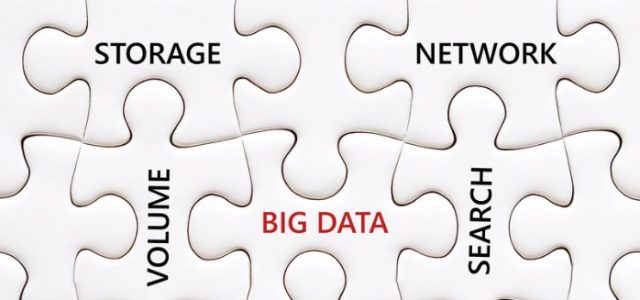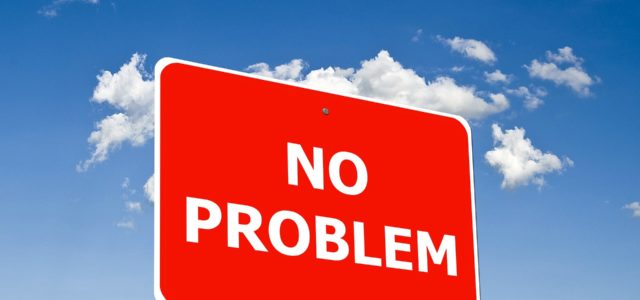I’ve never been entirely comfortable with the term marketing science since it may suggest to some that marketing and marketing research are more scientific than they really are. Quite a few marketing scientists are now calling themselves data scientists, which may add fuel to the fire of confusion.
In the Data Age, as I call our brave new world, we’re told of looming threats to our jobs posed by automation and AI, and I sometimes imagine a Neanderthal family huddled in a cave in Gibraltar 24,000 years ago. If marketing research as we now know it does eventually die out, I predict that marketing scientists will be the Last Neanderthals.
Why? I briefly address concerns that technology will wipe out my people in Why I Am Not Afraid of The Machines. Marketing science is one of the areas of marketing research that is least vulnerable to AI and automation because a true marketing science person must know how to design and conduct customized marketing research and perform advanced analytics that are difficult or impossible to automate. The explosion in the number and variety of analytic and statistical tools in the past few decades makes it more difficult, not easier, to automate many kinds of data analysis.
In his excellent book Statistical Rethinking, Richard McElreath of the Max Planck Institute makes a very important observation: “…statisticians do not in general exactly agree on how to analyze anything but the simplest of problems. The fact that statistical inference uses mathematics does not imply that there is only one reasonable or useful way to conduct an analysis. Engineering uses math as well, but there are many ways to build a bridge.”
So who programs these tools? How do they decide which procedures or options are best? The more choices there are, the more complex the programming task becomes. AI cannot decide how to program itself. There is also a heightened risk of bugs. Yes, AI does have bugs.
 Automated data mining and modeling are also risky beyond a very basic level. One reason is that criteria for evaluating models are not always in agreement as to which is “best.” More fundamentally, any model provides a simplified representation of the process or processes that gave rise to the data – “Essentially, all models are wrong, but some are useful” in the immortal words of George Box – and several models may fit the data equally well but suggest dissimilar courses of action to decision-makers.
Automated data mining and modeling are also risky beyond a very basic level. One reason is that criteria for evaluating models are not always in agreement as to which is “best.” More fundamentally, any model provides a simplified representation of the process or processes that gave rise to the data – “Essentially, all models are wrong, but some are useful” in the immortal words of George Box – and several models may fit the data equally well but suggest dissimilar courses of action to decision-makers.
Whether or not we go the way of the Neanderthals anytime soon, there are plenty of interesting things marketing scientists can do in the meantime that add considerable value to standard marketing research offers and, in many cases, enable marketing researchers to do things that cannot be done any other way.
I’m occasionally asked what essential skills a marketing science person should have. I’m flattered by this, though I admit I find it a bit intimidating, for every day I discover how little I really know. With that caveat, here are some thoughts.
- People skills, communication skills and business savvy are important for most professionals and no less so for a marketing scientist. Organization and time management skills also are essential for just about everyone. I suspect all these are actually more crucial in marketing science than most occupations.
- Descriptive and inferential statistics, data visualization and exploratory data analysis are musts, as is knowing how to clean, recode and set up data for analysis.
- A good background in marketing, consumer behavior and the behavioral and social sciences in general will put some distance between you and those who only have math and programming skills. Some practicing marketing scientists are rightfully criticized for being mere number crunchers. Furthermore, even an elegant analysis that answers the wrong question or otherwise cannot be used by decision makers is a waste of time and money.
- Marketing scientists must be able to assist in research design, and a sound grasp of experimental, non-experimental and quasi-experimental designs is indispensable. I find biostatistics and epidemiology offer a wealth of information about research design, as does psychology.
- Survey research has been pronounced extinct many times but continues to be a critical component of marketing research. Sampling, questionnaire design and analysis of survey data (e.g., complex samples), and a good background in psychometrics will remain vital.
- Multivariate analysis (MVA) methods are the bow and arrow of marketing science. Generalized Linear Models, principal components, factor analysis, cluster analysis, SEM, discrete choice modeling (aka conjoint) and, recently, mixture modeling are just a sample of what you’ll need. See an Analytics Toolbox for a quick overview of the techniques I use most often.
- Time-series analysis and multilevel and longitudinal modeling come in handy in many ways, not the least of which is in causal analysis, which I regard as the next frontier in analytics. Psychology and econometrics, in addition to biostatistics and epidemiology, are excellent places to look for more information about these methods.
- Predictive analytics has been part of statistical science since the earliest actuarial tables were developed in the 17th century by John Graunt and Edmund Halley. We now have a huge array of tools, many of which originated in disciplines outside of statistics, such as computer science. Making Sense of Machine Learning offers a snapshot of this important area, which is still new to most marketing researchers.
- IT, programming and data management skills – core aspects of data science as usually defined – are increasingly important. The whole data landscape is evolving at a dizzying pace though, and skills that are essential today may be marginal or irrelevant tomorrow. There are those who say Hadoop will go the way of the woolly mammoths before too long…This area is not my strength, so all I can suggest is to focus on what you’ll need for your current role and keep your ear to the ground for new developments.
- Experienced marketing scientists have learned how to exploit many data sources and data types, to integrate them and to analyze them with the appropriate tools or combination of tools. Big data and other new kinds of data, therefore, represent an opportunity rather than a threat to marketing scientists.
- Lastly, our most powerful weapon – analytical skills. Statistical science lies at the core of marketing science and it is much more than math and programming. It is also a way of thinking which takes many years to acquire.
I’ve listed a number of textbooks and academic journals pertaining to marketing science, data science and statistics in my company library, and there is a great deal more online, besides seminars, MOOCs and graduate programs.
I hope you’ve found this interesting and useful!
Article by channel:
Everything you need to know about Digital Transformation
The best articles, news and events direct to your inbox
Read more articles tagged: Analytics, Featured, Marketing Analytics






